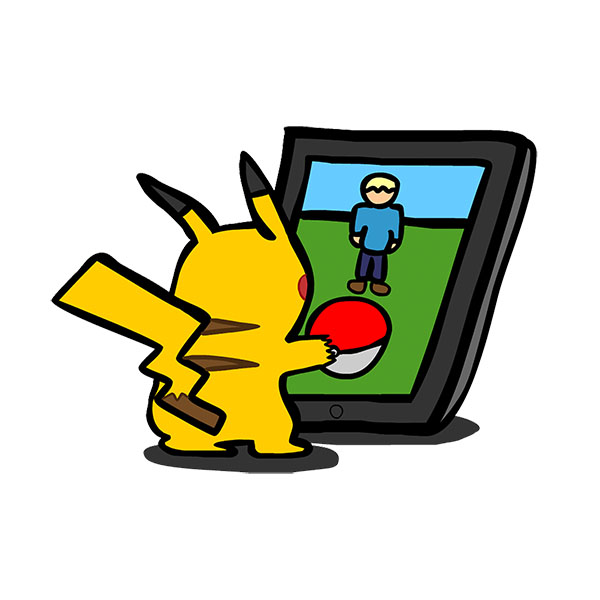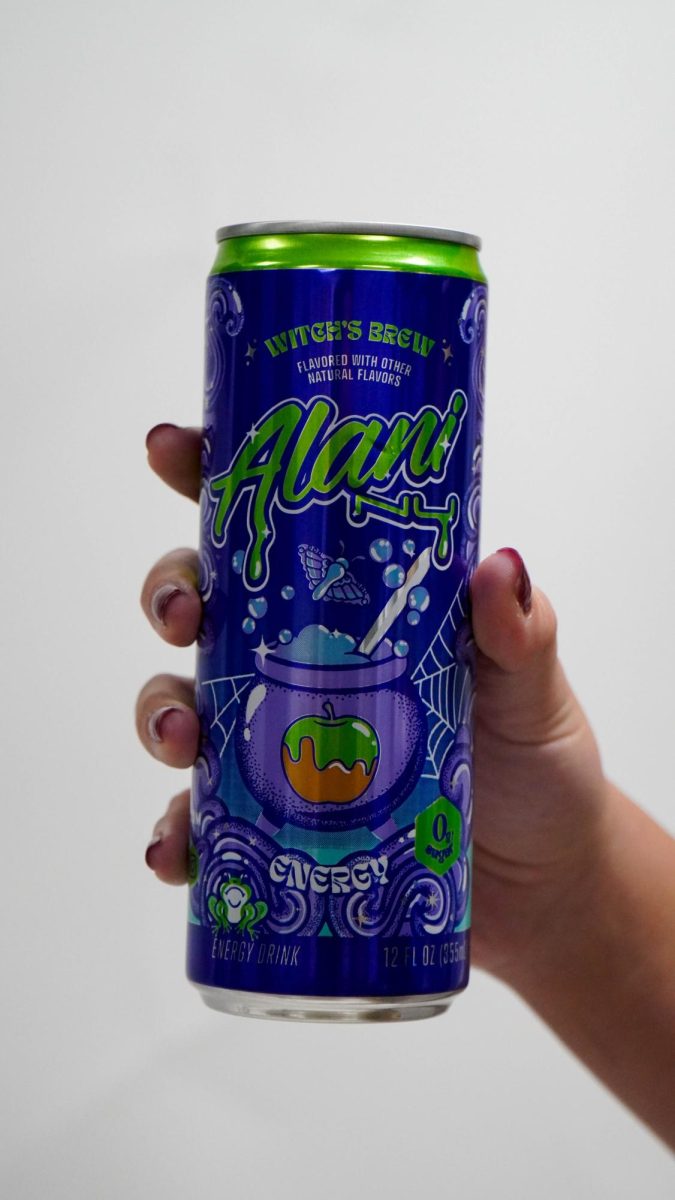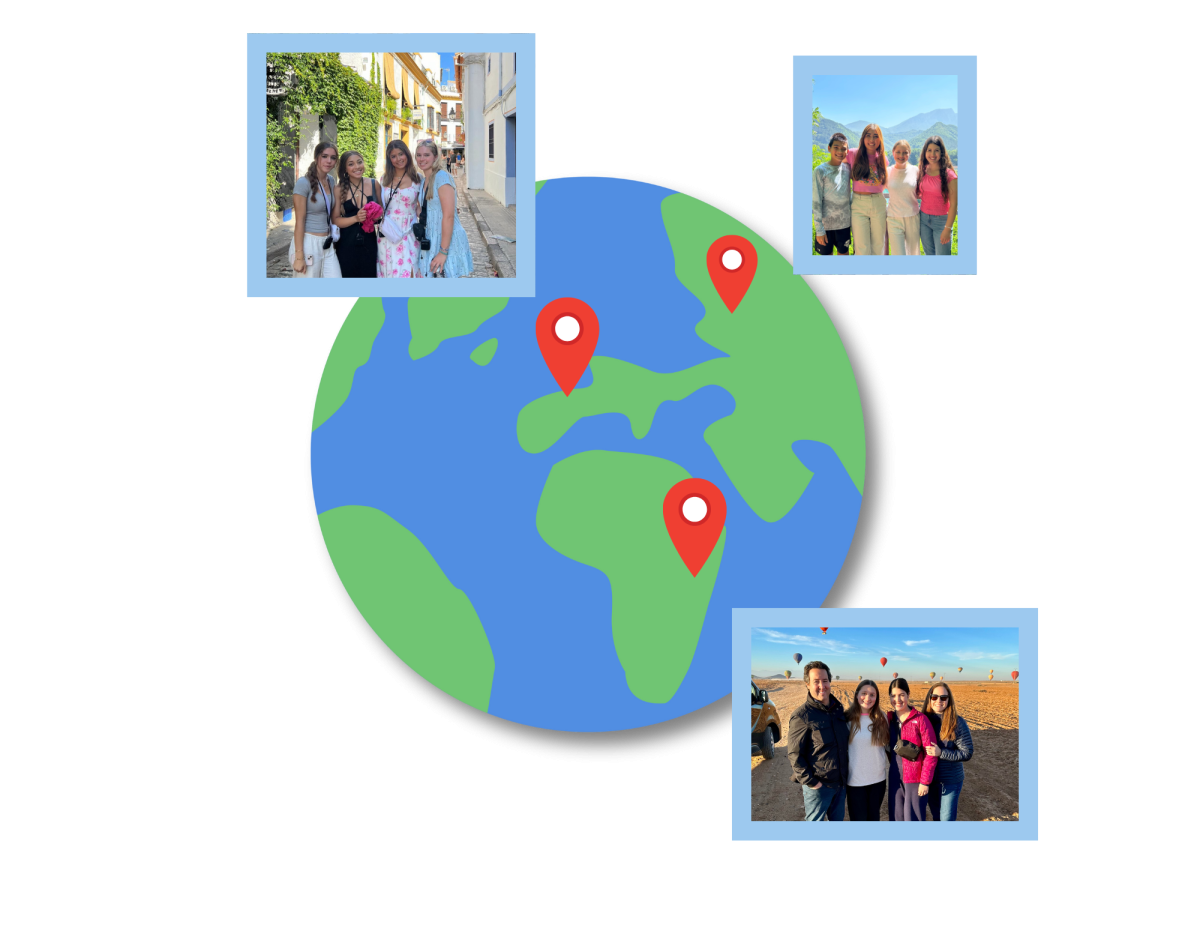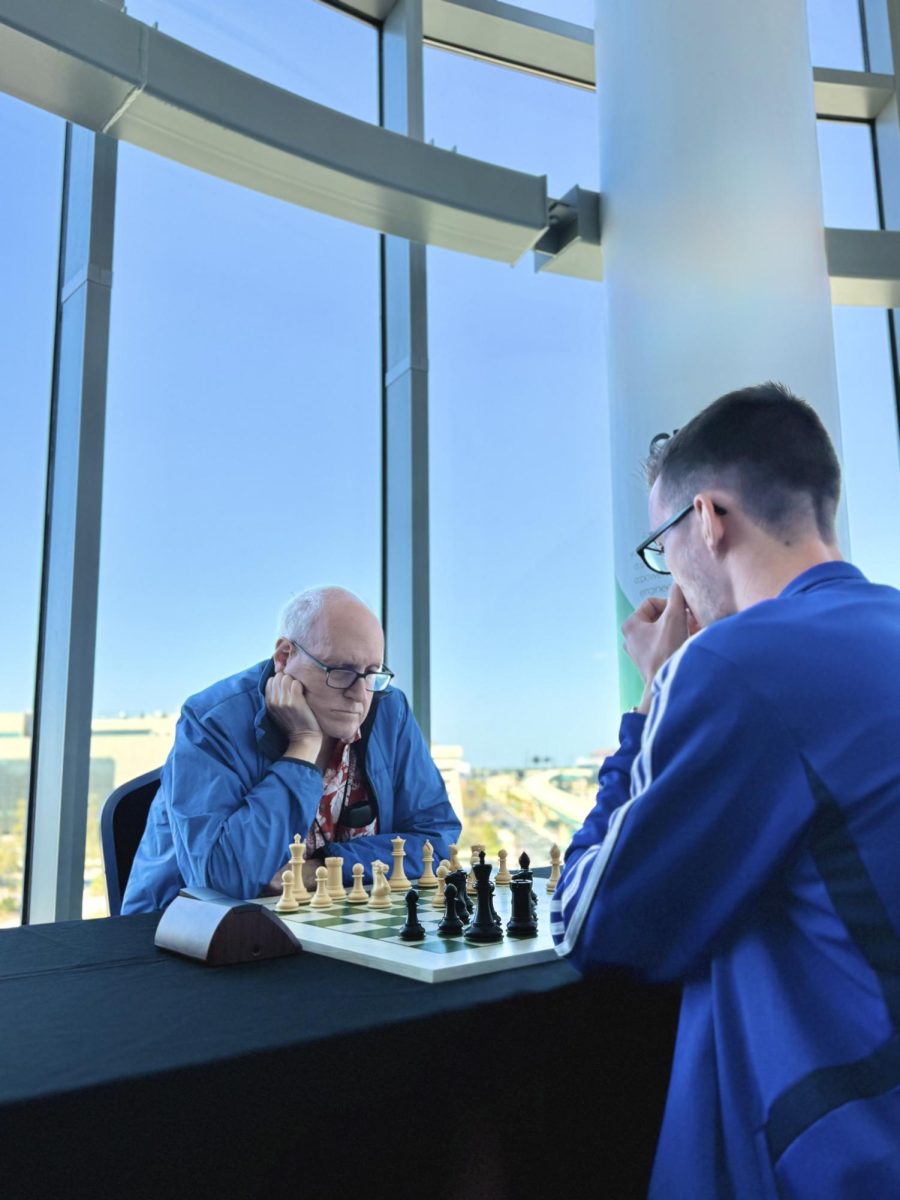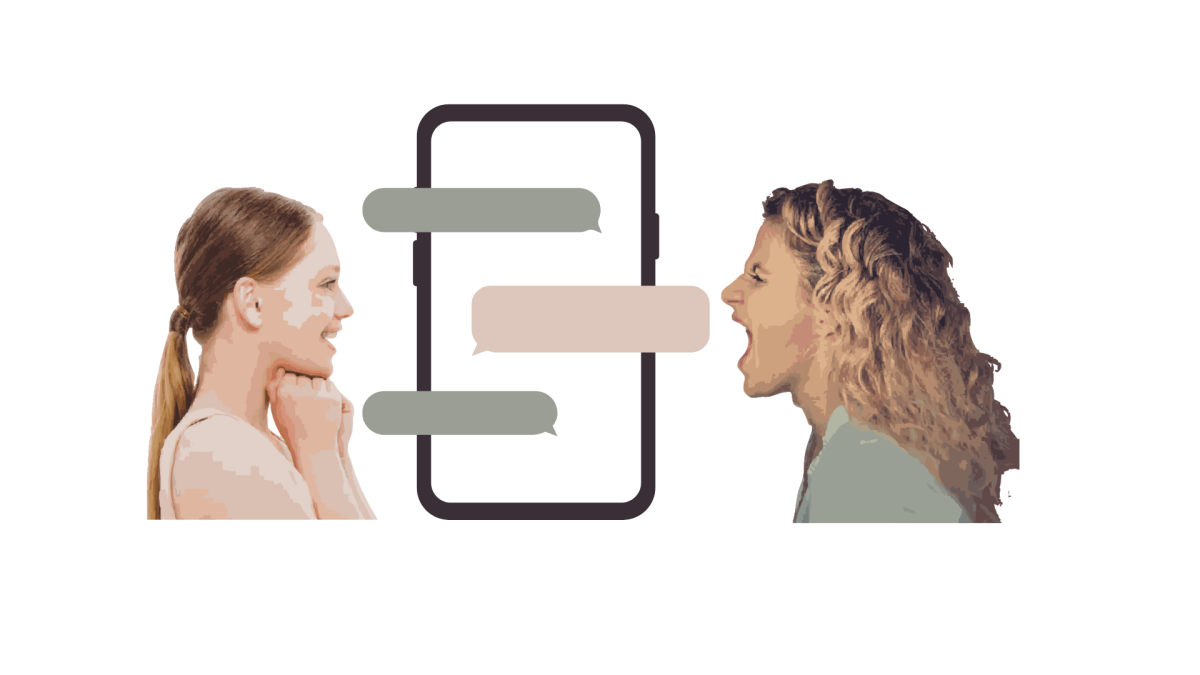When playing a game on your phone, discovering a dead body is the last thing you would expect to do, but three women playing Pokémon Go in a San Diego park in July found just that. Few would expect a light-hearted game to have such a grim result, but Pokémon Go has had many.
For those who have been living under a rock for the past few months, Pokémon Go is an iOS and Android game developed by Niantic that uses augmented reality. The world of Pokémon is juxtaposed with reality, allowing players to catch Pokémon at specific locations.
You can also stop at Pokéstops, which are places to collect Pokéballs, and battle other Pokémon hunters at gyms. While you
can catch any number of Pokémon, dedicated Pokémon Go players like freshman Max Lundy have more than 250.
Pokémon Go is not the first augmented reality app–it has only been in the App Store since July–but it’s by far the most popular.
“I like that it involves a big company with a big brand like Pokémon,” said sophomore Jacob Senderowitz, another avid Pokémon Go player.
While most video games have a stigma of inducing laziness, Pokémon Go is just the opposite.
“Usually over the summer I will stay in my house and watch TV, but [Pokémon Go] gets me outside,” Lundy said.
In fact, it’s not uncommon to see sixth graders like Trevor Buettgen sprinting across the Quad to catch a Pokémon. The bell tower is the site of a Pokéstop, and rare Pokémon can often be found on Trinity’s campus.
While Senderowitz and Lundy are able to resist the constant calling of rare Blastoises and Venusaurs at school, other students are more susceptible to Pokémon Go’s draw.
“It doesn’t distract me, but I know some people who might see a Pokémon and ask to go to the bathroom at school to find it,” Senderowitz said.
Sure, you could chalk it up as “kids being kids,” but Pokémon Go needs to be seen as a double-edged sword.
According to Geekwire.com, numerous drivers have already been involved in car crashes while playing Pokémon Go. As a matter of fact, Japan issued 700 Pokémon Go-related traffic citations in one week. While the app can detect a user’s speed, playing Pokémon Go and driving is still as easy as clicking a pop-up confirming you are merely a passenger.
Pokémon-and-driving is a non-issue to Pokémon hunters under the age of 16, but other methods of Pokémon-catching can be almost as dangerous.
“I was playing Pokémon Go on my bike, and I hit my neighbor’s trash can because I wasn’t paying attention,” said Lundy.“Another time, I was walking on the sidewalk playing Pokémon Go, and I tripped off and fell in the road.”
Our generation is often brought under fire for its obliviousness, and Pokémon Go does not better this critique. Among other matters, Pokémon battles, in which you can face off against actual people’s Pokémon, often encourage players to approach strangers they battle.
Trevor Buettgen does not talk to strangers while playing Pokémon Go, but Lundy does not worry because he believes most people who play Pokémon Go are harmless.
This is not a problem when we are surrounded by a Trinity bubble, but in the real world, the susceptibility of players can cause major issues. That was the case when four teenagers used the app to lure unsuspecting players nearby and rob them, according to USA Today.
To be fair to the Pokémon Go-playing population, most peopleare aware of the more obvious dangers, but lesser risks still pose threats.
For instance, the risks of excessive data usage are exceptionally deceptive to spot. Playing it in moderation is not a huge threat to one’s monthly data, but Business Insider said that playing eight hours of Pokémon Go every day would use almost 20 gigabytes a month. Not many people play Pokémon Go eight hours a day, but shorter amounts of time still add up.
Sophomore Bella Lundy experiences this struggle firsthand. Sharing a data plan with her brother, Max, is problematic, as Max’s data usage often exceeds his designated gigabytes.
Despite its flaws, Bella agrees that Pokémon Go appeals to everyone–that is, “everyone who wants to waste their data.”




